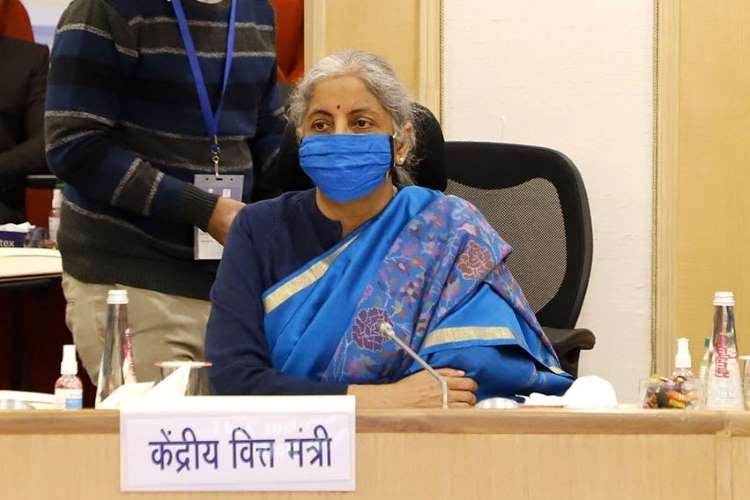
The Economic Survey 2021-22 clearly lacks the flair and intellectual heft the document is generally associated with. It offers a matter-of-fact commentary on the economy in the current financial year. It reads like a compilation of newspaper reports that is devoid of a vision and central theme connecting different sections. The document offers no economic insights, no policy solutions, and no reference to the global situation that could make government borrowings extremely expensive in the next financial year.
The Survey predicts 8-8.5% GDP growth in the coming financial year, a tough task considering the possible disruptions that the new variants of Covid can cause. Though the government and businesses are expected to deal the situation with confidence given by the experience of the last two waves, one cannot forget the fact that the economy was not in the pink of health before the pandemic broke out.
READ I Budget 2022: Electoral and fiscal compulsions will test FM’s balancing skills
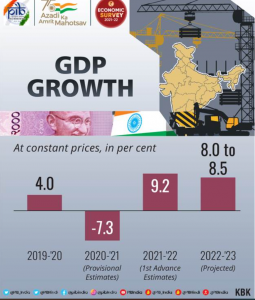
$5 trillion within sight, says Economic Survey
The twin engines of growth for the economy — private consumption and investment — are not firing on all cylinders. High interest rates may prevent the government from raising public expenditure to compensate for sagging consumption and investment. The Survey suggests that achieving the goal of becoming a $5 trillion economy by 2024-25 is still possible if India spends about $1.4 trillion on infrastructure. The country spent $1.1 trillion on infrastructure during the 2008-17 period.
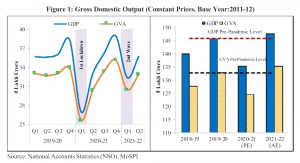
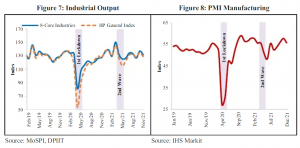
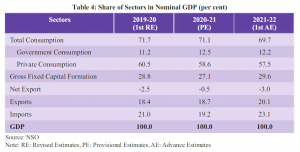
READ I Spectre of inflation comes back to haunt Indian economy
The Economic Survey defends the supply-side initiatives of the government, saying that the implementation of steps such as the expansion of the PLI scheme will help the Indian economy realise its growth potential. It has done nothing to address the criticism that the government has done precious little to boost demand by leaving more money in the hands of the poor and the middle class. The survey hints that the government will step up capital investment despite the threat of a fiscal slippage.
Agriculture and allied sectors were not affected by the pandemic, says the Survey. The sector is expected to expand 3.9% in the current year. The area under cultivation of Kharif and Rabi crops as well as grain output has been growing for some years. Procurement of food grains under the central pool also has been rising. The sector benefited from good monsoons with the reservoir levels topping the 10-year average.
The industry will witness a sharp turnaround with 11.8% growth in the current year compared with a contraction of 7% last year. Manufacturing, construction and mining performed well while utilities witnessed muted growth. The services sector suffered the most from the pandemic, especially sectors that involve human contact. The sector is estimated to grow 8.2% this year compared with a contraction of 8.4% last year. Sectors such as travel, trade and hotels are still reeling under the impact of the pandemic.
